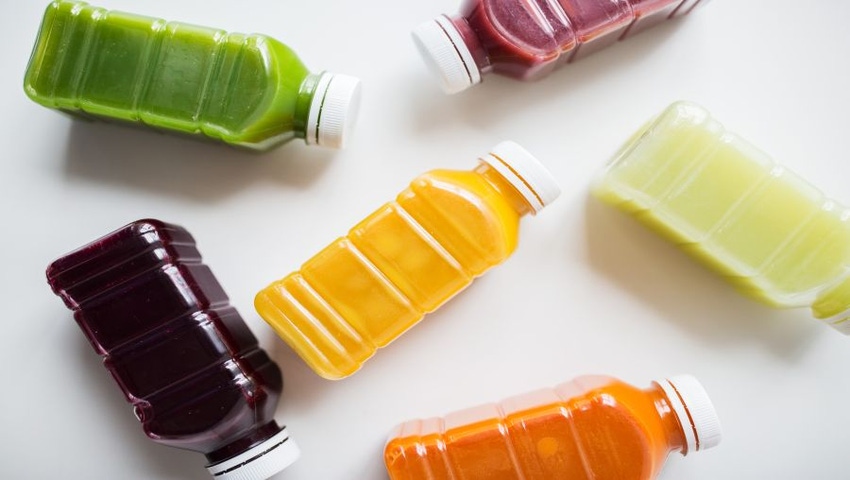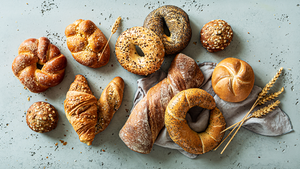Sugar reduction is a top priority for food and beverage brands, but cutting sugar content and using natural sweeteners is no easy task. Imbibe’s Laura Dembitzer highlights three sweet strategies that will capture consumer attention in 2018 and beyond.

Achieving the optimal nutritional and taste profile in food and beverage while aligning with consumer values is the holy grail for all product developers and brand owners. Since one of the top priorities of the day is sugar reduction, I’m sure your innovation team is trying to figure out the sweet spot for calories, grams of sugars and the right sweetener for the 2018 consumer.
You may have even read about Coca Cola’s $1M sweetener challenge—a pursuit to identify a new (naturally sourced, safe, low or no-calorie) compound that “creates the taste sensation of sugar when used in beverages and foods.” So far, this unicorn compound (which would probably be worth much more than $1M), doesn’t exist. There are a few sweet strategies, however, that you can employ to capture consumer attention in 2018 and beyond.
Route No. 1—Go Unsweetened
This declaration works better for certain categories, namely water (still and sparkling), milk (dairy and non-dairy), coffee and tea, and attracts consumers across demographics. Developing robust flavors in unsweetened products should be a priority for brands trying to position their products as natural or better-for-you. It’s important to note that unsweetened products can contain naturally occurring sugars, so they may still impart a sweetness that some consumers find desirable (or desire). Some brands worth checking out for their products that bear the unsweetened claim include Califia Farms and Spindrift.
Route No. 2—Natural Alternatives
Some of the trending natural alternatives to sugar include honey (even though honey is more caloric than sugar), agave, maple syrup and fruit juice. The sweetness of these alternatives is generally not as intense as sugar, so keep in mind that more might need to be used to achieve the same impact. Additionally, when the new Nutrition Facts panel goes into effect, fruit juice will play an interesting, if not nuanced, role as a sweetener. To add juice as a sweetener, and not have it be counted as added sugar, it must be added at 100 percent juice rather than a concentrate.
Route No. 3—Stevia
Another option would be to use a sweetener derived from the stevia plant. Although stevia has been on the market as a popular non-nutritive sweetener for many years now, it is still undergoing a tremendous amount of research and development to improve the taste profile. The latest research focuses on Reb M, a steviol glycoside that lacks the bitterness associated with Reb A. This particular reb only makes up 1 percent of the stevia leaf, but the available literature discusses a fermentation process that produces the natural sugar substitute in larger quantities. In addition to using stevia as a sweetener, companies like Imbibe are developing flavor modulation technologies designed to enhance the inherent sweetness of other ingredients.
Many consumers are desperate for no calorie, naturally-positioned sweeteners that can help them avoid the plethora of ailments that arise from a high sugar intake. Because of this, product developers and ingredient suppliers will continue to do more research in this space. As new technologies arise, it’s important to remember that sweeteners do not work autonomously in a beverage matrix. Other ingredients such as colors, proteins, and flavors all impact an individual’s response to and perception of sweetness.
As research progresses, especially in the sugar substitute market, which globally, is expected to grow at a compound annual growth rate (CAGR) of 4.8 percent through 2020, I’ll be watching to see how Nutrition Facts panels, claims and ingredient statements change. What I don’t expect to change anytime soon, though, is the spotlight on sugar reduction.
To talk about sugar reduction strategies and technologies that might be suitable for your next beverage product, you can always e-mail me at [email protected].
About the Author(s)
You May Also Like






